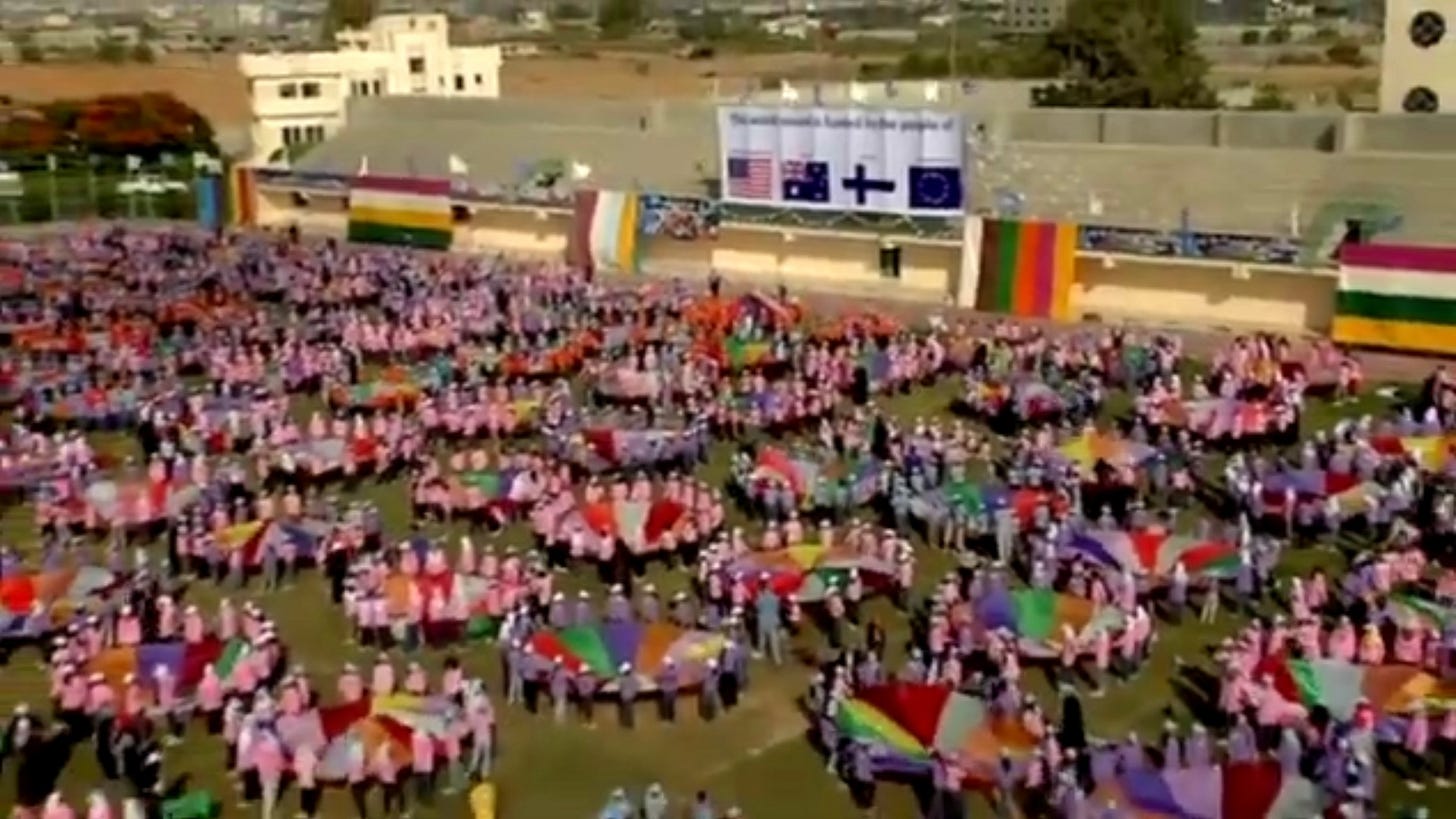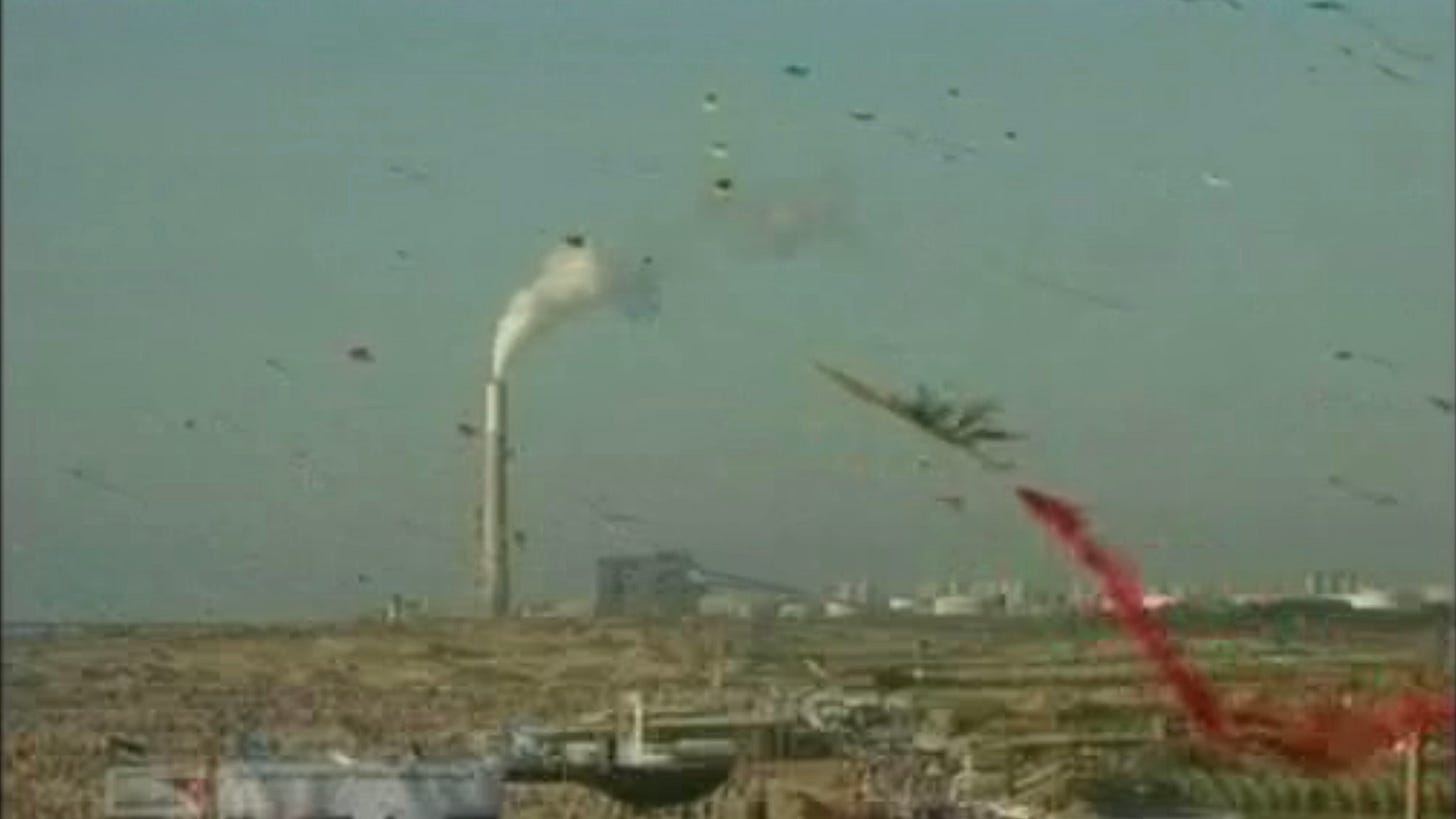Yesterday, November 20, was World Children’s Day. It marks the anniversary of the date that the United Nations General Assembly adopted both the Declaration of the Rights of the Child (1959) and the Convention on the Rights of the Child (1989). This year’s theme is ‘For every child, every right’.
As of yesterday, November 20, over 5,500 children have been killed in Israeli attacks on the Gaza Strip since October 7. Children make up over half of Gaza’s population. On November 18, a New York Times headline described Gaza as a ‘Graveyard’ for Children.
The morgue director of Al-Aqsa Hospital, Yassir Abu Amar, has to cut burial shrouds into child-sized fragments to accommodate the influx of corpses. ‘The children’s bodies come to us broken and in pieces,’ he said. ‘We cry every day.’
Parents write their children’s names on their bodies in case they are lost, orphaned, or killed, and disperse them through the Strip, sending them to relatives to increase their odds of survival. They used to just send them to sleep in different rooms of the house.
Gaza’s children were once known for breaking records. For most kites flown, most parachutes lifted. I search these events online and learn about the Summer Games, an ongoing event held in Gaza by the United Nations Relief and Works Agency (UNRWA). On July 28, 2011, the children of Gaza reclaimed the record from China for most kites flown simultaneously: 12,350. In order to be counted, the kites had to be flown for a minimum of thirty seconds. 2,231 kites were disqualified for falling too soon. Thousands of children flew the kites on Al-Waha beach, on the edge of the Mediterranean Sea.
From a 2011 UNRWA article: ‘We brought happiness to our country by breaking the world record,’ said record-breaker Nadia el Haddad, 13. ‘Today because we broke the world record I feel like I have rights and that I’m like everyone else in the world.’
In June the same year, in another Summer Games event, 3,520 children in Gaza set another record for playing the most parachute games simultaneously. 176 parachutes raised in formation by groups of children standing shoulder to shoulder. From above, they look like pinwheels. The message of the event was ‘lift the blockade’.
The parachute event was held at a stadium in southern Gaza, in Khan Younis: a city now flooded with people fleeing their homes in the north after the evacuation order. There’s a video: puffs of colour, children laughing. On the perimeter of the stadium is a large banner: ‘This world record event is funded by the people of’ with the flags of the United States, Australia, Finland, and the European Union beneath.
Images of the parachutes, domed like mushrooms, challenge the abstraction of tallies and death tolls. Drone footage shows the stadium in full, all 3,520 children. 2,000 fewer than the current child death toll.
There’s a haunting quality to the video, viewed today, stills of which I’ve included here. Something about the graininess, the too-saturated colours. The banner. It feels like it’s trying to distract us from something inevitable — maybe because it is.
I write this as I stare and pull faces at my baby, propped up against my knees. He smiles at me now. He has a single dimple, on his right cheek. It was one of the first things I noticed in the moments after he was born.
I’m always touched by the uniformity of newborns; their starter kit of reflexes and common expressions. The way they all raise their arms above their heads in sleep, the memory of the womb still coded in their fragile bodies. I recognise these things in the images of the Al-Shifa NICU babies, bundled together for warmth after the incubators shut down. Impossible to imagine anything more vulnerable.
The way images of Gaza’s children are leveraged to raise awareness is a sickening necessity, forcing traumatised people to humanise themselves by offering up their dead or dying children’s bodies in the hope it might make someone, somewhere, pay attention — become a ‘candle in the dark’. Stripped of their right even to grieve in the way that they choose.
I want to bring my children to the rallies. I want to find a way to explain to my older son a small part of what is happening. That his rights are the same as all children’s rights. That we stand up for these rights, ours and others, because our rights are other people’s rights. We don’t deserve them more than others, even though they are not recognised equally. He’s a month shy of three and pretended to hold a gun for the first time a few weeks ago. It was a puzzle piece, part of a set: animal parents paired with their babies. In it, he recognised another form. He pointed it at me and said he would make me explode. I don’t know where he learned it.
There’s a fountain in the park in our city where the rallies are held. A mythological fountain, featuring the Greco-Roman deities of Apollo, Diana, and Pan, as well as Theseus conquering the Minotaur. Like many if not most of our public monuments, it commemorates war. More specifically, the relationship between Australia and France, forged in World War I. When I was pregnant, my son and I would stop there on the way to the museum or the art gallery. I gave him foreign coins I had no use for and showed him how to make a wish. He wished for chocolate ice-cream. I was happy — it was a wish I had the power to grant.
I fill an empty film canister with pennies for the fountain, ready for the next time we visit. My son is almost three and it’s his job to wish for chocolate ice-cream. Perhaps I will tell him: as you drop pennies in the fountain, think of others. Or perhaps I’ll let him be.
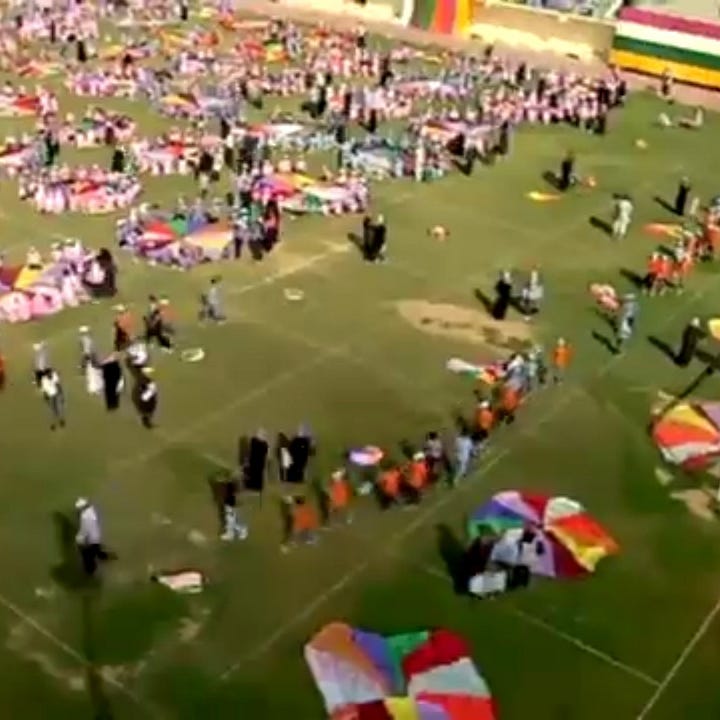
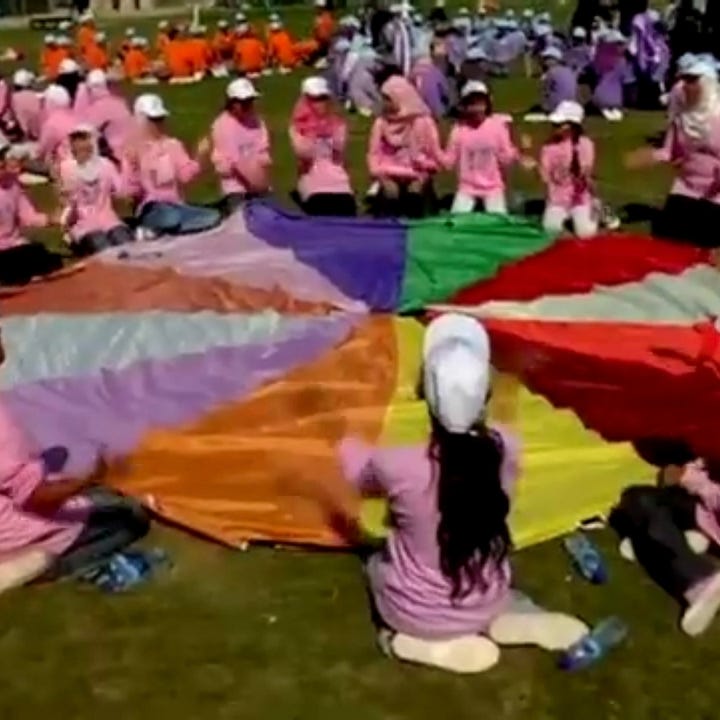

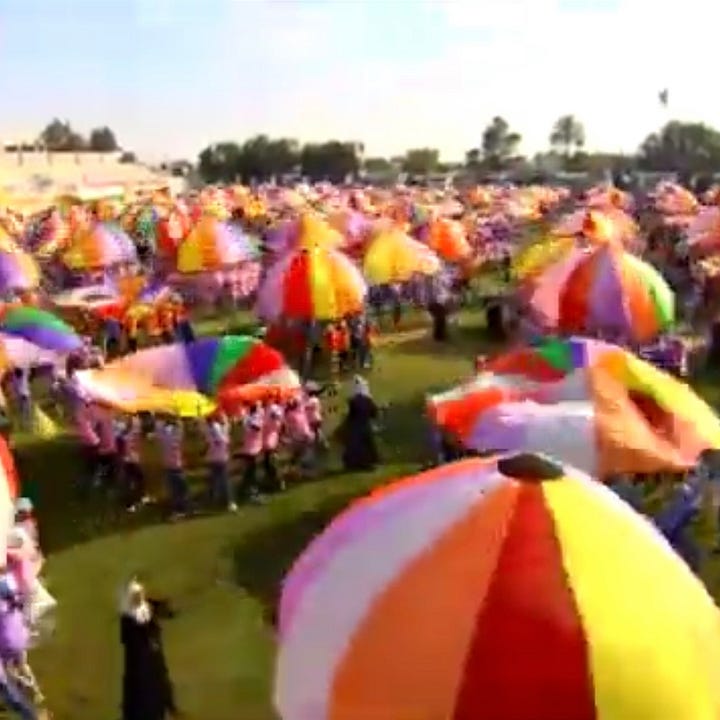
When I worked as a child care educator there was always a copy of the Conventions on the Rights of the Child displayed on the wall, in ‘child-friendly language’, framed by playful monkeys, giraffes, lions, and lemurs. The children were always oblivious to it, each article merely an abstraction of their lived realities, their good fortune to be born in this place and not another. If they were to read it, they would find the document addressed to them directly. Article 7 echoes the third Principle in the 1959 Declaration of the Rights of the Child: ‘You have the right to a name and a nationality.’
There’s a viral phrase, impossible to attribute, by a child in Gaza preparing for the worst. Aware not only of the likelihood of their death but the possible fragmentation of their body by weapons engineered to cause as much destruction and suffering as possible. (One such weapon was nicknamed the ‘meat-grinder missile’ on social media.) To be recognised and remembered, children’s body parts are labeled like belongings. ‘If my hand survived, this is my name.’ I don’t know the name of the child who said this, or what became of them.
What is happening in Gaza — the horror we are watching unfold in real time — reveals the flimsiness of treaties like Conventions on the Rights of the Child, which has been ratified by every member state of the UN except for the United States of America.
On World Children’s Day, it is not the children of Gaza who need to be reminded of their rights, even though they are addressed to them. In child-friendly language, here is Article 6 — an insult: ‘You have the right to life.’
Another insult: ‘For every child, every right.’
Addressed to everyone else, the Palestinian poet Mahmoud Darwish’s words are more useful.
As you prepare your breakfast, think of others
(do not forget the pigeon’s food).
As you conduct your wars, think of others
(do not forget those who seek peace).
As you pay your water bill, think of others
(those who are nursed by clouds).
As you return home, to your home, think of others
(do not forget the people of the camps).
As you sleep and count the stars, think of others
(those who have nowhere to sleep).
As you liberate yourself in metaphor, think of others
(those who have lost the right to speak).
As you think of others far away, think of yourself
(say: “If only I were a candle in the dark”).
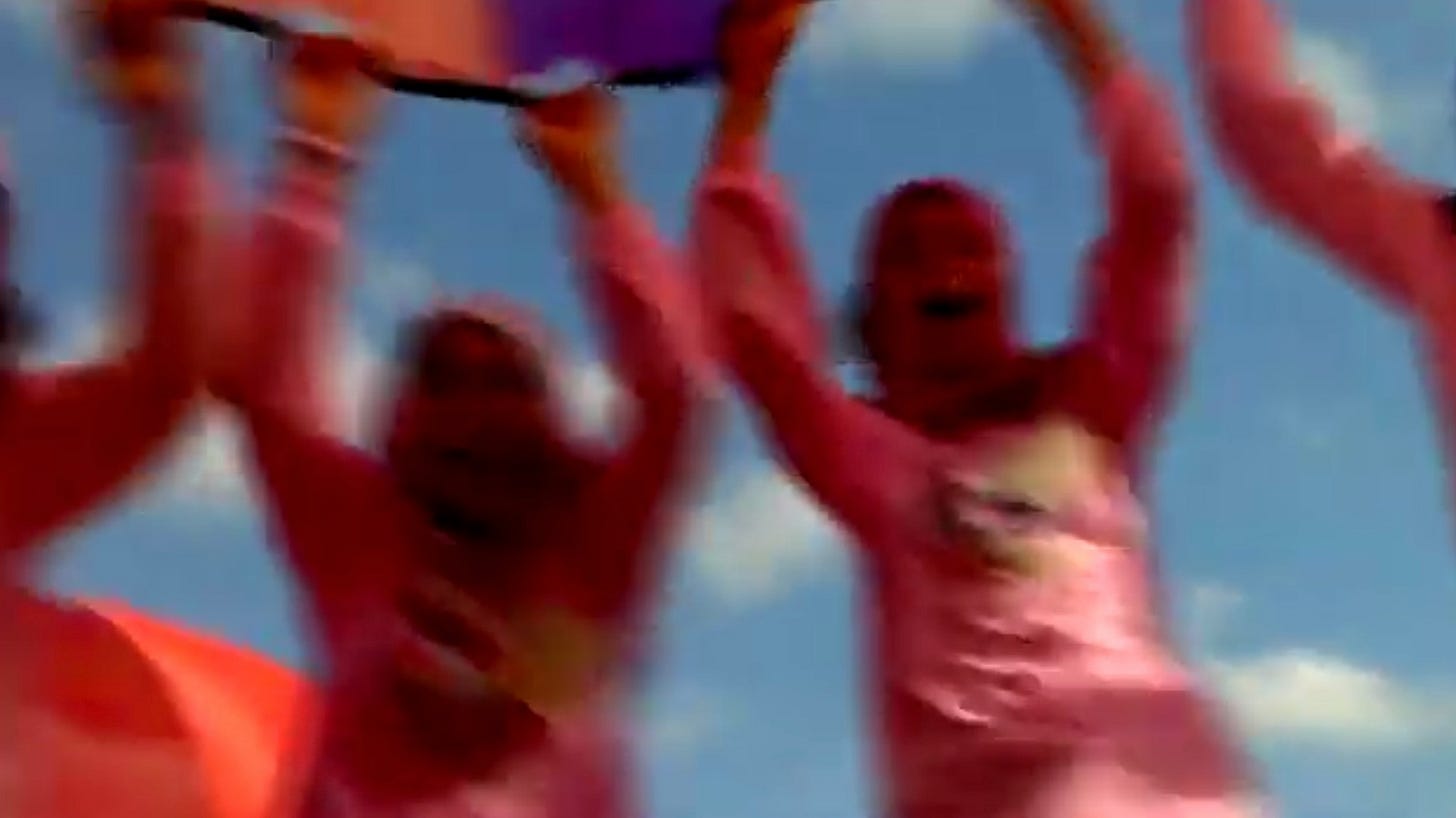
Sources:
New York Times, The War Turns Gaza into a ‘Graveyard’ for Children
UNRWA, Gaza’s children parachute into record books
Guinness World Records, Most kites flown simultaneously
ABC, Gaza children break kites record
Mahmoud Darwish, Think of Others, from Almond Blossoms and Beyond. Translated from the original Arabic by Mohammed Shaheen.
Resources:
Wendy Syfret’s Action Guide





